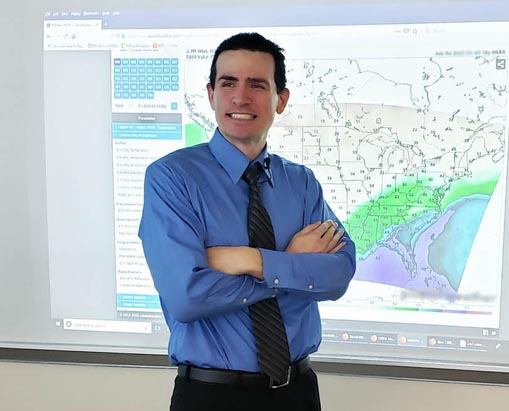The 2016 Atlantic Hurricane Season, Disease Risk, and Climate Change Challenges
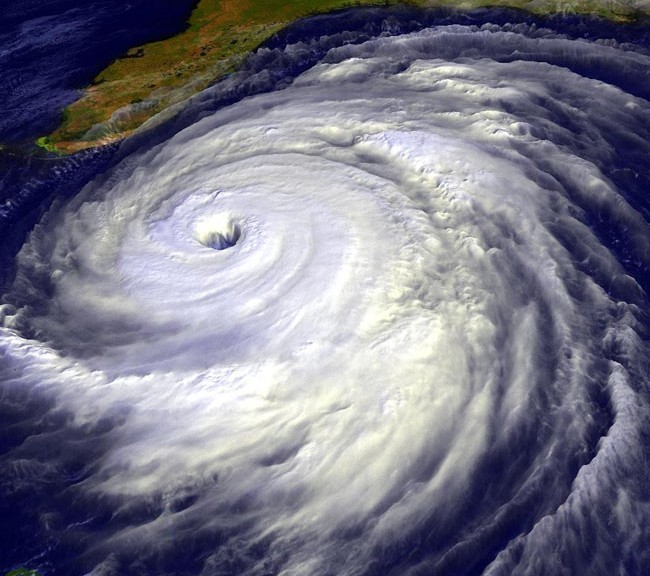
Atmospheric Science: “It’s only a matter of time before Florida has its next major hurricane and preparedness is much more than just food, flashlights, and batteries. Because of climate change, Florida and the Gulf states are already at increased risk of vector-borne diseases. These are noteworthy challenges to our first responders, pregnant women, and elderly populations,” says Ben Alonzo, professor of Earth and Atmospheric Science at Valencia College. The Atlantic hurricane season has already started and it’s time to prepare for incoming tropical cyclones. How we prepare for hurricanes has also changed because of global warming and the resulting increases of invasive species and disease in Florida.
The Atlantic Hurricane Season
The Atlantic hurricane season is determined by climatology, which examines the statistical averages of tropical cyclone activity over long periods of time (several decades or more). There is a marked season, or peak of activity, from June 1 to November 30 in the Atlantic basin. NOAA predicts a near-average 2016 Atlantic hurricane season, with a high likelihood of 10-16 named storms, 4-8 hurricanes, of which 1-4 may be major hurricanes (Category 3 or greater; winds of 111 mph or higher). A hurricane is a tropical cyclone with winds of at least 74 miles per hour. The typical ingredients for a hurricane include warm water (above 80°ree; F), moisture, weak upper level winds, and convergence. Our weather surveillance network has allowed advanced notice of hurricanes as well as probability predictions before they organize.

The public should not take underestimate a “near-average” hurricane season forecast. The lack of a major landfalling hurricane in several years has also contributed to complacency. The actual number of hurricanes could vary, but just one major hurricane could be devastating to tourism, unemployment, and the rest of the economy. There are complicated interactions between the Earth, ocean, and atmosphere that drive hurricanes. Modeling these interactions is difficult and never fully represents the actual atmosphere, but our models are reliable. The reason for such advanced hurricane forecasts is out of necessity. It takes a lot of time for industry and government to prepare for storms. There are also key players in Florida’s economy that depend on very advanced weather predictions, such as the agricultural and tourism markets.

It only takes one major hurricane to cause significant disruptions to the State of Florida and the rest of the country. Preexisting stresses, such as high unemployment, crime, any outdated infrastructure, and lack of emergency funds could make any natural disaster much worse.

The impacts of a single major hurricane reach beyond county and state borders.
Climate Change Increases Post-Hurricane Disease Risk
Epidemiology studies the prevalence of diseases. In epidemiology, a vector is any agent, such as a person, animal, or other organism that possesses and transmits infectious pathogens to another organism. Pathogens are infectious microorganisms that are present in blood. For Florida, a good example of a disease vector would be a mosquito.
Research has shown that Florida has a higher risk of diseases, such as West Nile Virus, due to climate change (e.g., Shamanc et al., 2005). This virus can cause fever, body aches, skin rash, kidney disease, memory problems, loss of balance, coma, and parkinsonism. Thankfully, most people are able to survive because of our modern health resources. Diseases are critical to monitor because they can spread quickly. Those outdoors after hurricanes, such as first responders, must be aware of the increased risk of disease transmission from mosquitoes.
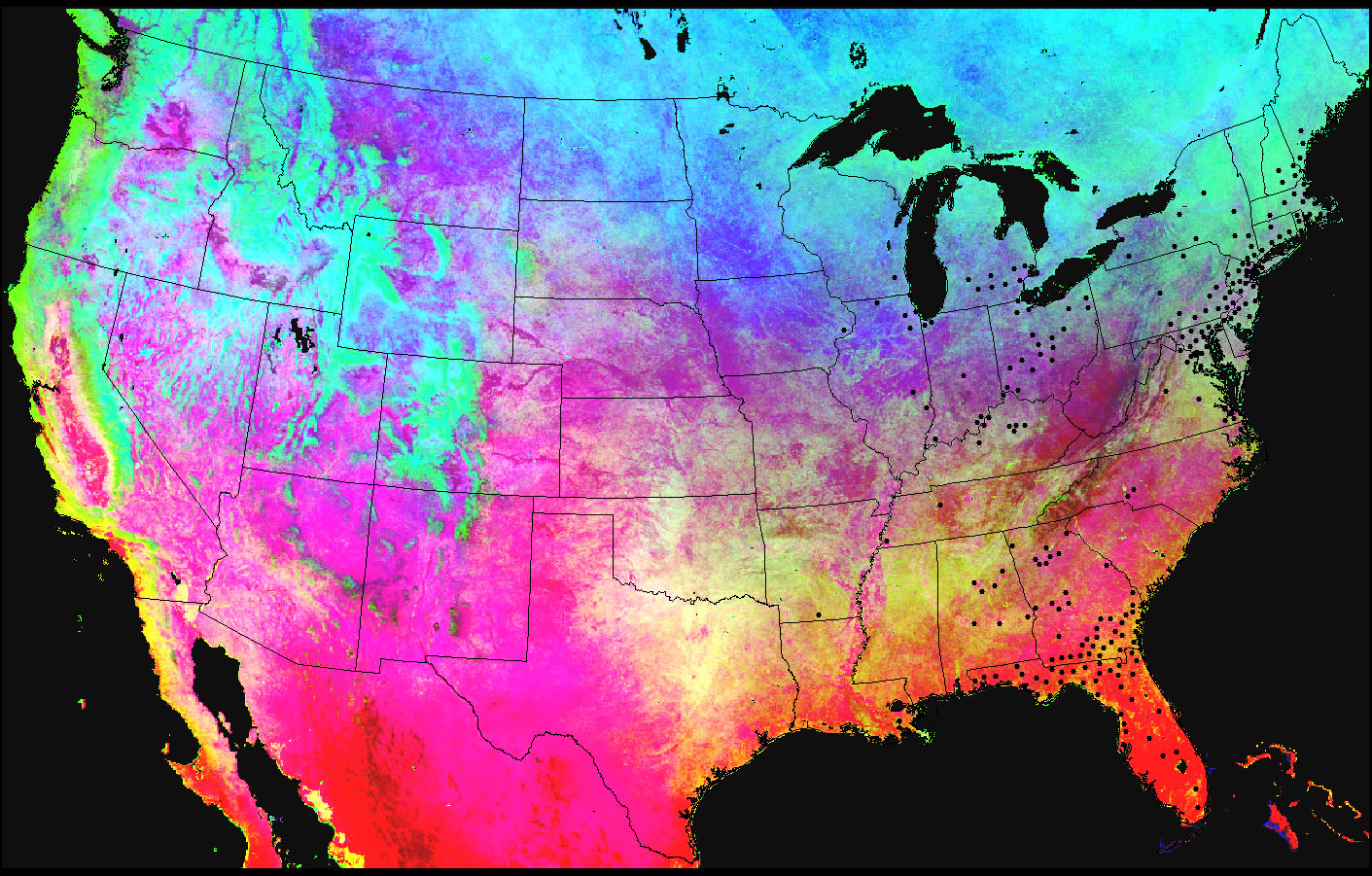

Mosquito populations often increase after hurricane activity. The reason for this is due to floodwater and standing-water, which provides a favorable environment for the egg-laying habits of mosquitoes. The increased precipitation from climate change also means more habitats for mosquitoes.

Besides West Nile Virus (WNV), mosquitoes can also transmit St. Louis encephalitis (SLE), Dengue, Chikungunya, Zika, and Highlands J virus (HJ). Some of these viruses, such as encephalitis, can cause coma and death, especially in the elderly. Florida has the highest population of people above 65 and 85 years old, according to US Census as well as recent 2015 Pew Research data.
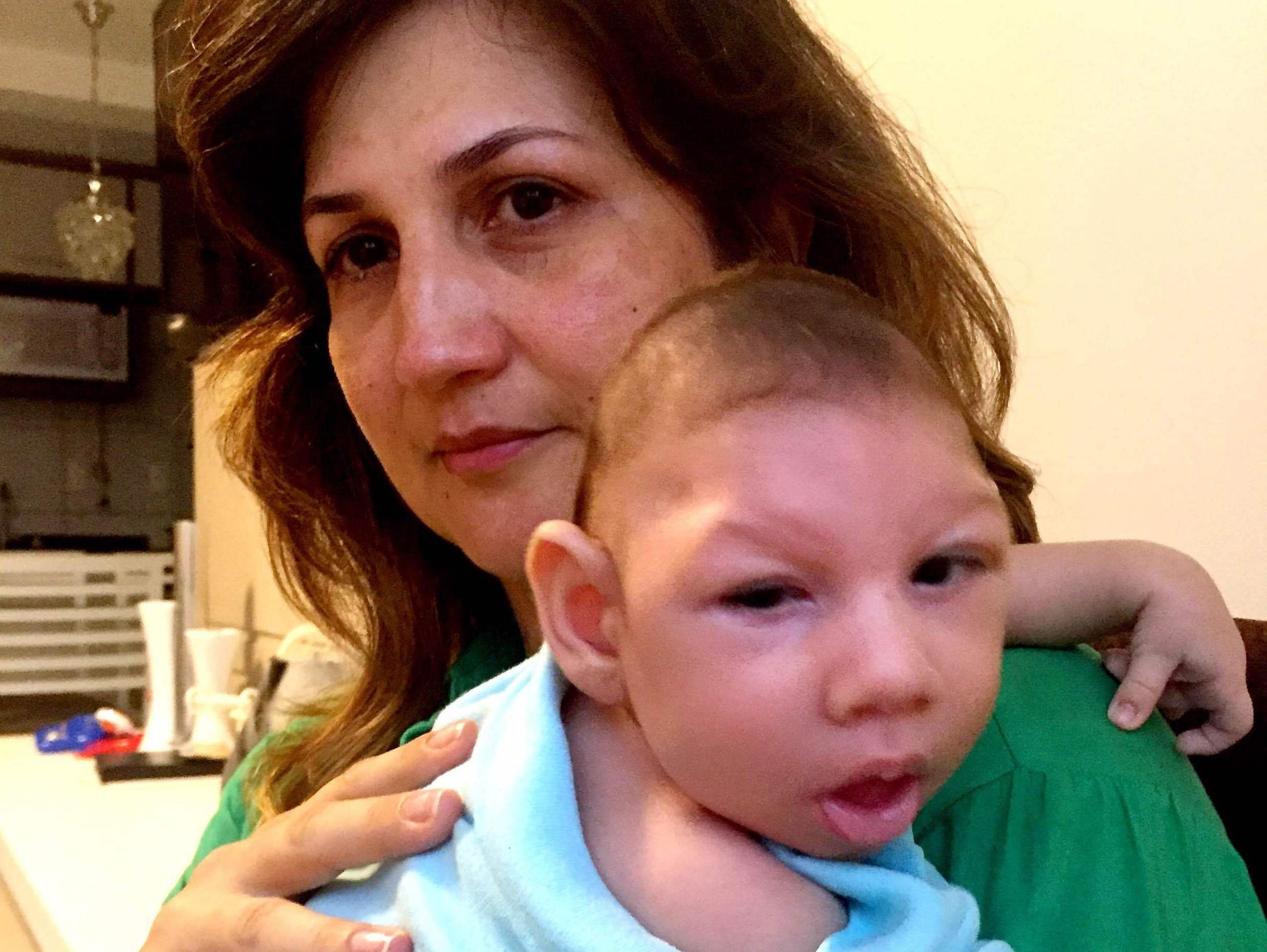
It’s not just mosquitoes, animals can also carry diseases. In some cases, new forms of a disease are detected, and they may not have a current cure. Scientists will likely discover new diseases and vectors in the near future, especially as we experience climate change.
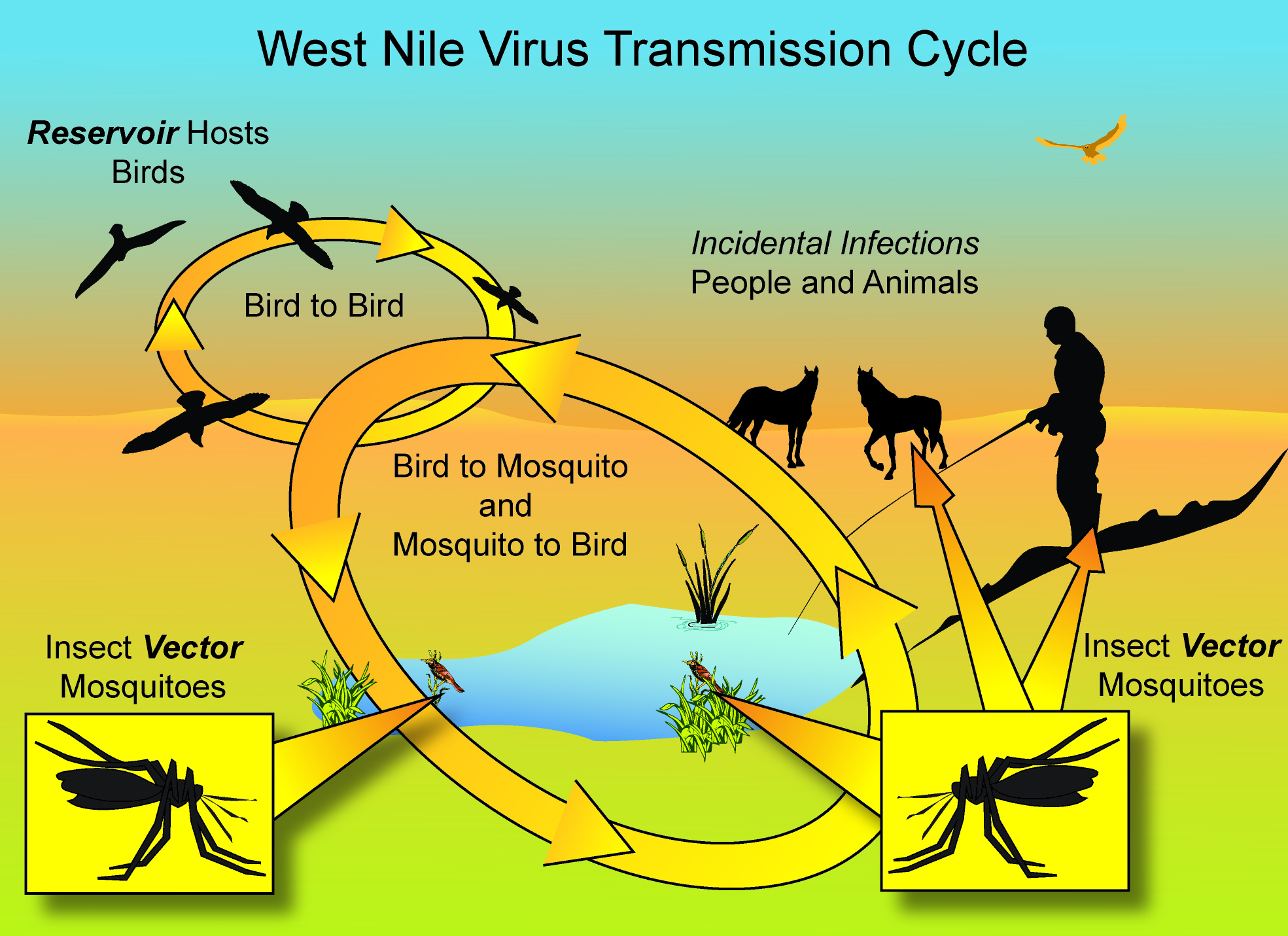
The public must take vector-borne diseases seriously, especially to prevent outbreaks. Florida isn’t the only state that should be concerned about hurricanes and disease risk. Most of the Gulf of Mexico states (e.g., Texas, Mississippi, Alabama, and Louisiana) also have a higher risk of disease transmission due to climate change and their position to near the tropical latitudes.
Hurricanes already make the human-wildlife situation worse because they stress habitats and displace animals.
According to a recent 2009 Florida National Park Service report, Florida’s warm, tropical wildlife species may begin to migrate further north, outside of its existing natural habitat in the Everglades because many species are already at their temperature limit. This means that there could be significant impacts from invasive species, species imbalances, and increased disease transmission risk that are not limited to the lower latitudes of southern Florida. Any major hurricane, combined with the preexisting climate change that is already disturbing species, may further increase disease risk.
This does not mean you should be too scared to venture outside; it means you should be aware of what you can do to help address climate change and protect yourself from the increased risks of vector-borne diseases.
Preparing for hurricanes involves knowing what dangers exist before, during, and after the storm. Disease risk is only one of many factors to consider when preparing for disasters.
Preparedness Tips
Preparedness is much more than having batteries or extra food. A good preparedness plan will include a disaster ready kit. This kit should include at least a minimum three-day (highly recommended that you plan for longer period) supply of non-perishable food, water, medical supplies, prescriptions, important documents, extra cash, a manual can opener (your power can openers don’t work without power), blankets, pillows, clean clothes, gloves, extra batteries, flashlights, a NOAA Weather Radio, solar-powered radio, etc. Keep your kit in a place that is easy to access.
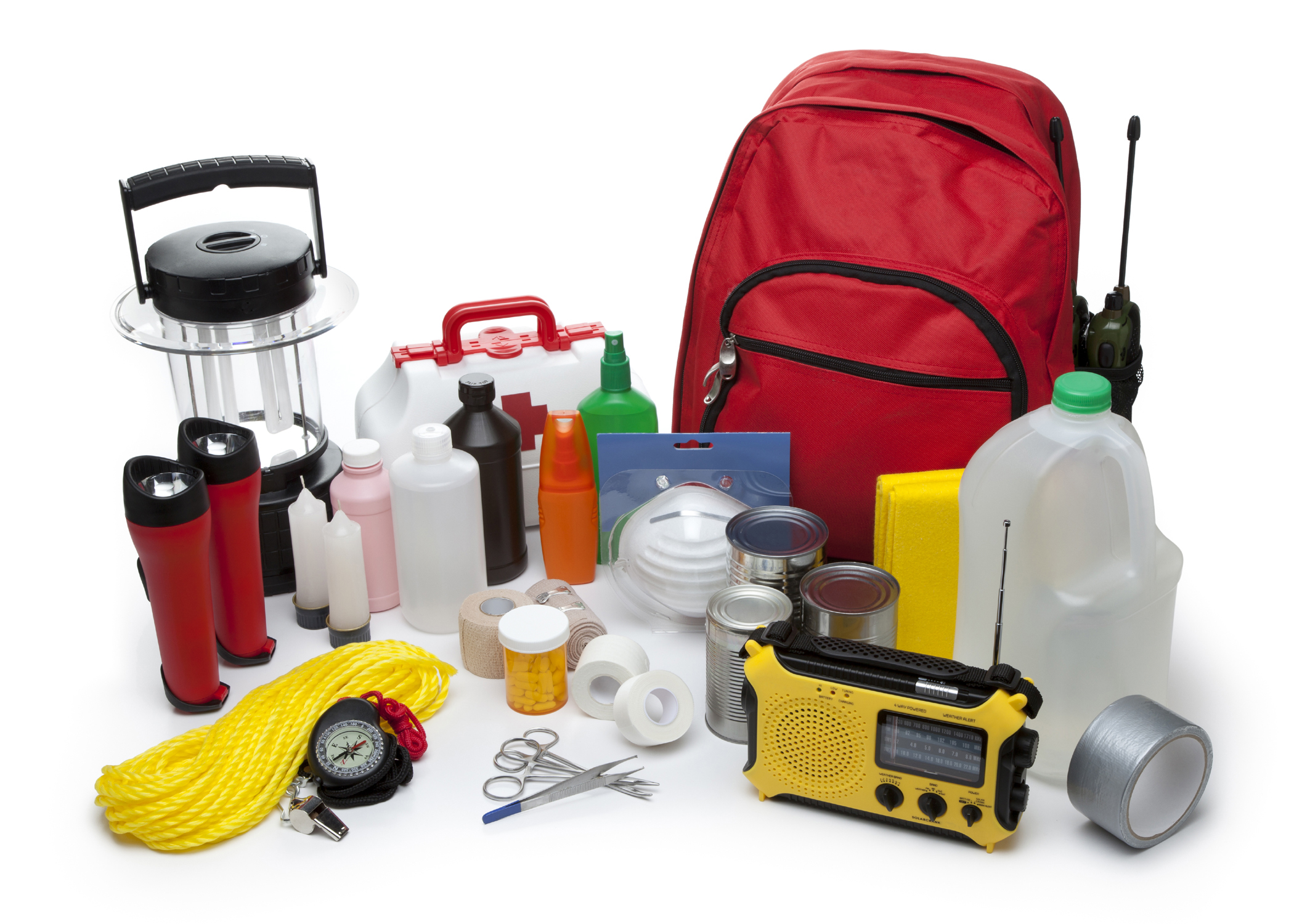
Disaster preparedness kits can include anything you need, including things for your kids and animals. You can use your imagination, but you should only include absolutely necessary items to keep the kit easy to move.

You can visit Ready.gov or the Redcross.org website for ideas on what to include in your disaster preparedness kit.
Entertainment is important, especially if the power it out for a long time. Parents with children should consider games, portable backup power for mp3 players, and card games. Being entertained during a major disaster helps keep your mind on more positive things.
Simple card games can go a long way during disasters – and they don’t need batteries.


There are multiple solar-powered electronics that can keep you entertained and informed during disasters. Thankfully, they are now affordable, available online and at most major retail stores.

Hurricanes have the potential to increase coastal and inland flooding, which can leech harmful chemicals from sewage, household items, paint, plastics, and other mass produced items, distributing it for considerable distances. It’s true that you never know what’s in the water. When liquid is applied to your neighbor’s trash and the sewage system, it can carry pathogens, blood, body fluids, rotten food, etc. Needles, glass, and nails are common debris that you could expect to find after a hurricane. Always wear shoes and avoid entering damage zones without personal protective barriers. Disease transmission risk is often increased, especially in tropical areas, especially after major disasters.
Consider mosquito protection, if you will be outdoors!

Be sure to discuss your disaster plan with relatives and friends. Know what you will do, if a disaster occurs. Always pay close attention to the latest weather information and do not hesitate to evacuate. Our forecasts are very reliable and we can often give several days’ notice of an incoming tropical cyclone. Don’t wait until the last-minute to prepare.
Preparedness is much more than flashlights, batteries, and food. We have to recognize that our changing climate has increased disease risk. In addition, flooding may carry sewage, disease, and debris that could puncture skin. It only takes one major hurricane to significantly disrupt a country. Florida must get serious about a major hurricane because it’s only a matter of time before the big one hits. Governments and organizations should also work together to ensure people get the immediate resources they need before, during, and after hurricanes. The impacts of a hurricane are not limited to the landfalling state, they are felt by the entire nation.
Ben Alonzo is a professor of Earth and Atmospheric Science at Valencia College.
References
Gallup, John, Jeffery Sachs, and Andrew Mellinger (1999). Geography and Economic Development. International Regional Science Review, 22(2), 179-232.
National Park Service (2009). Resource Evaluation Report. Available: https://www.nps.gov/ever/learn/nature/upload/TRClimateChangeLoResSecure.pdf
Shamanc, Jeffrey, Jonathan Dayac, and Marc Stieglitzbc (2005). Drought-Induced Amplification and Epidemic Transmission of West Nile Virus in Southern Florida. Journal of Medical Entomology, 42(2), 134-141.
U.S. Census Bureau. (2009). An Aging World: 2008. Retrieved from http://www.census.gov/prod/2009pubs/p95-09-1.pdf
U.S. Census Bureau. (2010). The older population in the United States: 2010 to 2050. Retrieved from http://www.aoa.gov/AoARoot/Aging_Statistics/future_growth/DOCS/p25-1138.pdf
U.S. Department of Health and Human Services. (2011). A profile of older Americans: 2011. Retrieved from http://www.aoa.gov/aoaroot/aging_statistics/Profile/2011/docs/2011profile.pdf
More about author.
